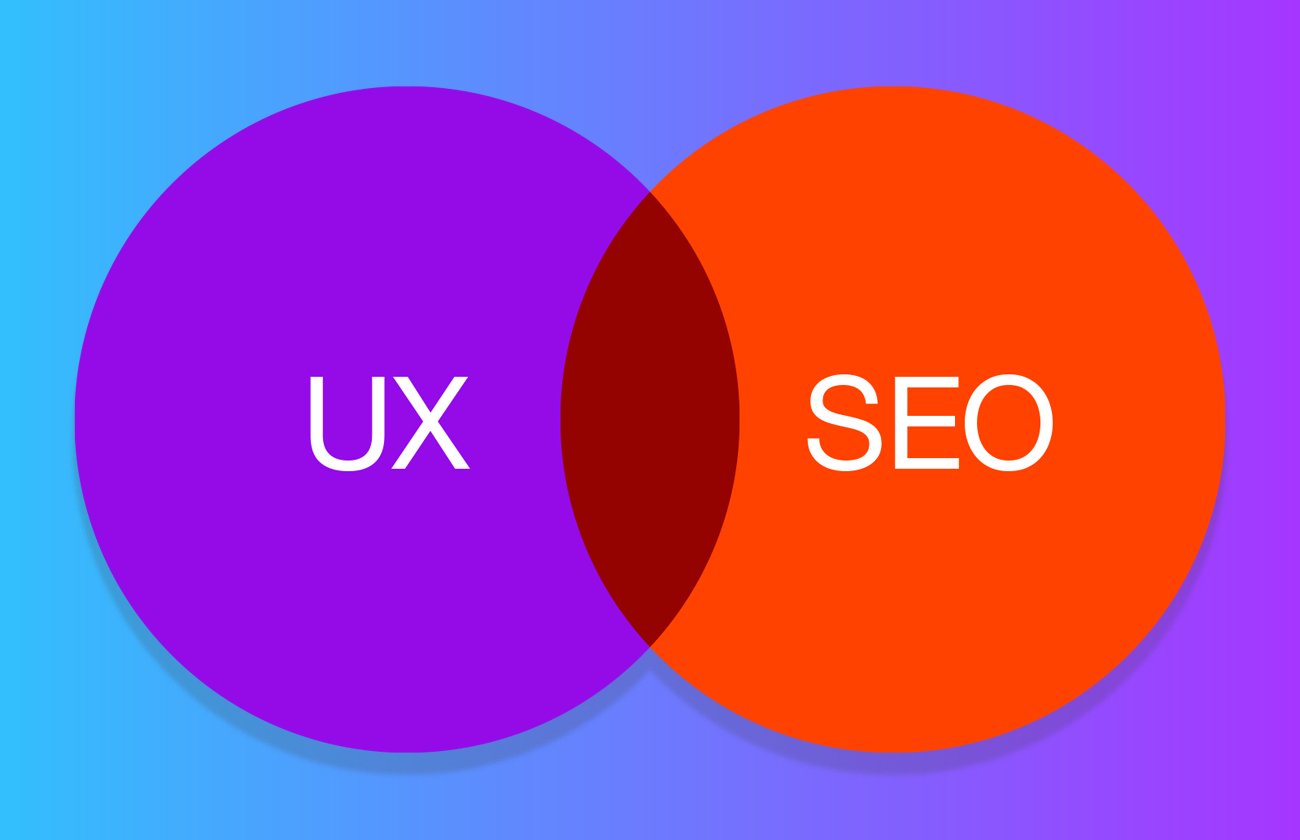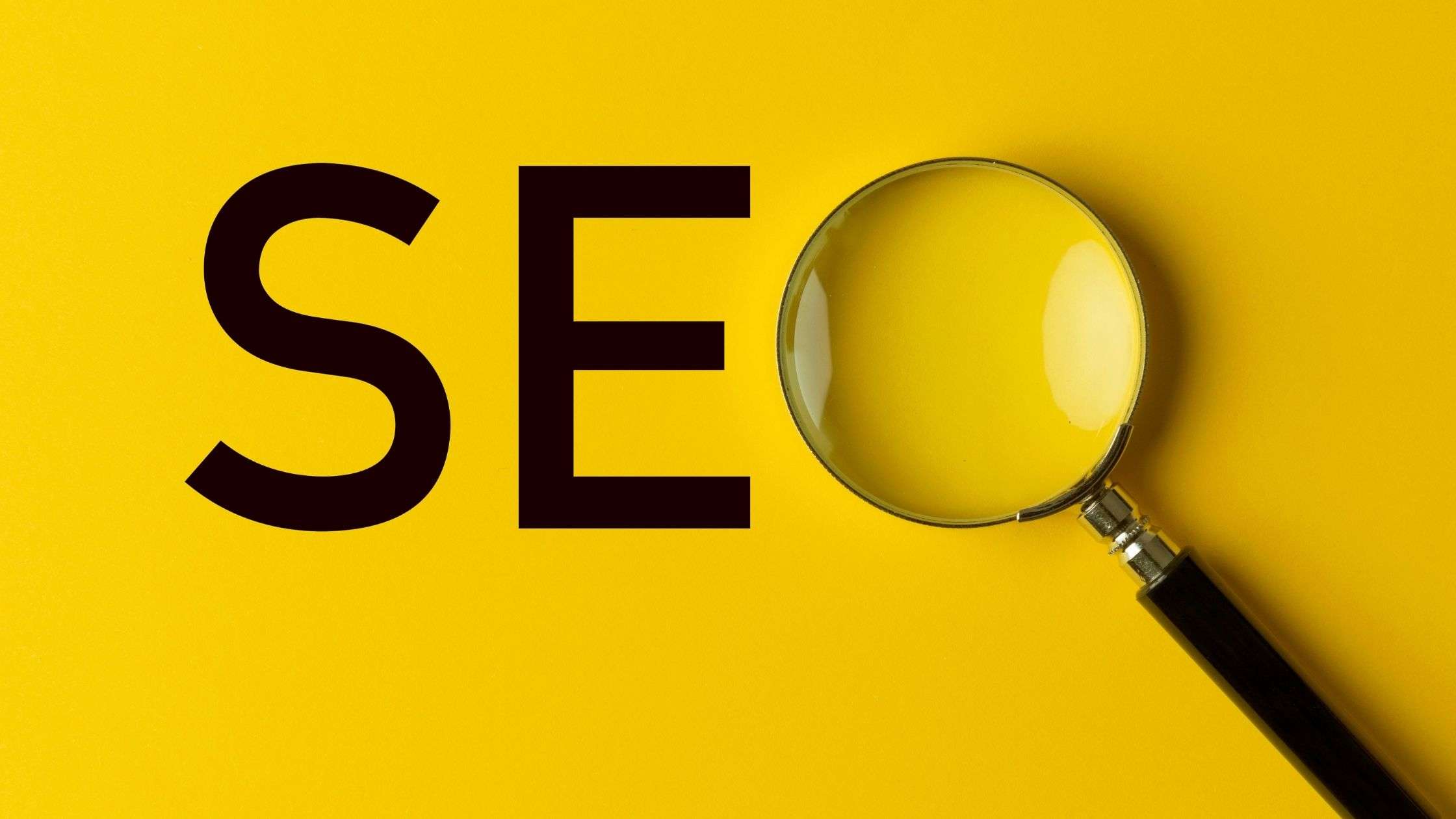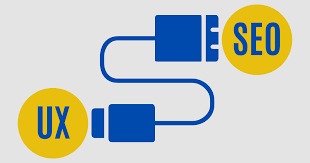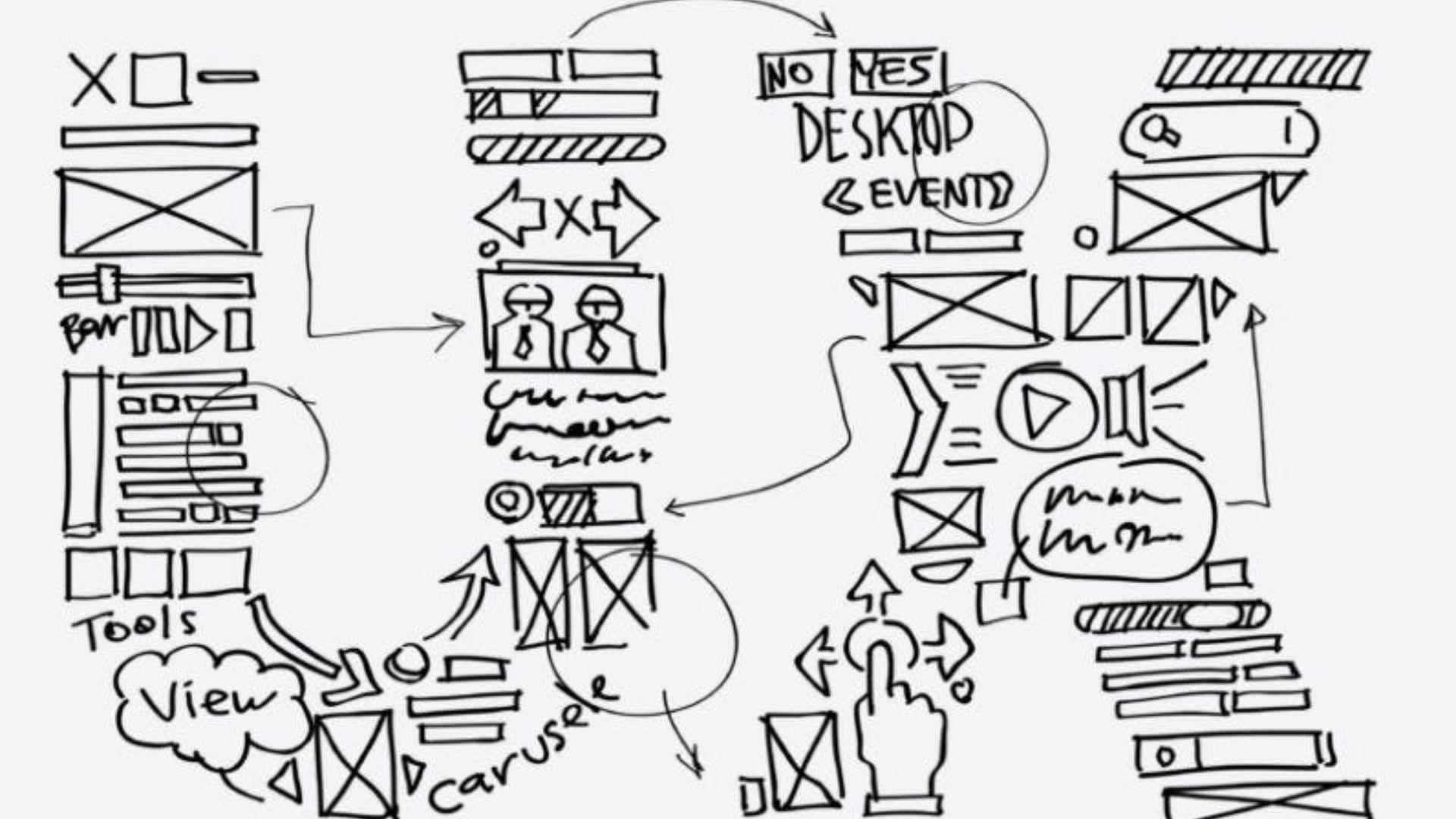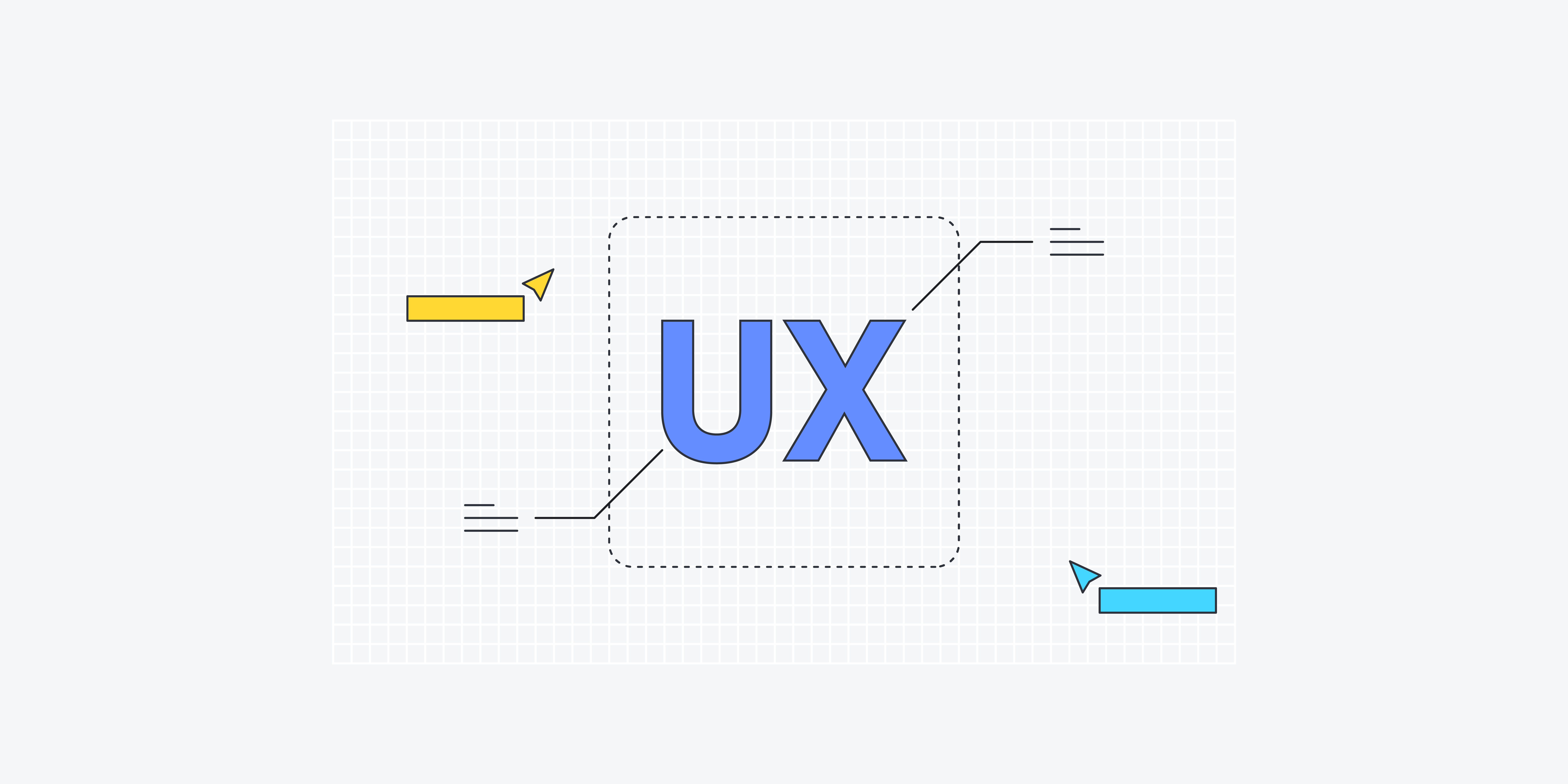
The link between SEO(Search Engine Optimization) and UX (User Experience) has become the most crucial part of online success as digital marketingis constantly changing. As businesses strive to outshine competitors and captivate their target audience, the art of identifying and bridging content gaps has emerged as a pivotal strategy.
Content gaps, ranging from unexplored keywords to unmet user needs, pose challenges and opportunities alike. Taking care of these gaps is not just a plan; it's a must in this digital age, where users have higher standards than ever.
This article will guide you through the intricacies of conducting a comprehensive content audit, leveraging keyword research, understanding user intent, and analyzing competitors - all crucial components in the quest to create content that resonates with both search algorithms and human users. In this article, we will discusshow to find and fill a content gap for SEO and UX.
What Is A Content Gap?
When people look for information, there is a void of material that needs to be improved, which is known as a content gap. These regions either need to provide sufficient responses to the queries that searchers have, provide material that needs to be updated, or understandably display the information.
Why Do You Need To Find Content Gaps?
Here are a few key reasons you’ll want to find content gaps;
A Content Gap Creates An Opportunity
In the event that there are subjects or keywords in the market that your competitors have not even touched upon, this is a chance for you to succeed. Because you are the first person to develop material on that subject, you will be able to generate significant traffic to your website.
A Content Gap Helps You Build Authority
When you are the only trustworthy source ranking in content gap areas, you establish yourself as an expert in that particular situation. People are going to put their faith in your company and the information you provide since you are the most knowledgeable person on the topic.
A Content Gap Helps You Perform Better
There is a correlation between fixing content gaps and improving the overall performance of your content by increasing the amount of traffic and leads that it generates. Increasing the performance of your website in search engines and improving your search engine optimization (SEO) are both achievable goals with the use of this method.
If you conduct a content gap analysis to determine the areas in which there are gaps, you will be able to gain multiple benefits from developing content that fills those gaps.
What Is A Content Gap Analysis?
Locating gaps in your current material is done through a content gap analysis. It entails locating gaps in the material that might and ought to correspond with the different phases of the buyer's journey experienced by your target audience.
You may identify areas where you could be lacking essential resources that could lead readers to the point of purchase by analyzing the material you now supply. Additionally, you can discover fresh keyword chances for your existing content that you need to utilize. An audit of your is frequently included in a content gap study.
- Webpages.
- Articles about blogs.
- Material on social media.
- Landing pages.
- Downloads and e-books.
- As well as additional content resources.
Conducting a content gap analysis is essential for identifying gaps in your material, which you can then close to improve user experience and search engine optimization. It also helps consumers locate your website and make purchases.
6 Types Of Content Gaps
Recency
A significant gap can be content that needs to be corrected, or that is valuable. Up-to-date knowledge is essential, especially in fields that change quickly. If the last time you published something was more than two years ago, you should update it.
Thoroughness
Essential subtopics or places that are connected may need to be included. Or, the material might be a little thick and not have much helpful information. If you fill in these holes, your material will stand out as a helpful resource.
Readability
The content should be exciting and straightforward to read. It's better for both people and search engines if your information is clear, well-structured, and easy to understand.
Format
Search intent can sometimes show a desire for a specific type, like a video. However, the search results only show blog posts with text. Your chances of ranking better on Google go up if you use a style that matches what people are searching for.
Expertise
People are more likely to trust content that was written or added to by experts. So, think about how you can add the opinion of an expert to your writing to make it more trustworthy.
Experience
Google recently added experience to its E-E-A-T standards. Think about it: do you have a review site? Then, to make your material even more credible and authoritative, make sure you use the goods you're reviewing.
12 Steps To Conducting A Holistic SEO Content Gap Analysis
Download The Right Templates
It would help if you got the right services proposal forms ready before you start your content gap analysis. This will help you keep things in order. During the analysis process, all of these will be useful.
For example, they will help you figure out how valuable your current content is and help you plan the best time to post your pieces for each step of the funnel. Also, these will be flexible enough to work for any businessyou have.
- Content Audit Template
- Topic Analysis Template
- Customer Journey Mapping Template
- Marketing Calendar Template
Choose The Right Tools
Getting the right tools is very important if you want your content gap analysis to be more accurate and useful. If you choose the right tools, then you’ll get a lot of traffic to your website. 92.96% of global trafficcomes from Google Search and Google Images. You can choose from the following:
- SE Ranking is a tool that lets you do all of your essential SEO work in one place, including all of the steps in the content gap analysis process.
- BuzzSumo: One great thing about BuzzSumo is that it lets you see what kinds of content your community likes the most.
Perform Keyword Research
Another critical step is to do a topic study. With this information, you can see which keywords bring in the most inbound traffic, which will help you plan your content. You can also use this process to find any gaps or chances that may appear at different steps of the buyer's journey.
The first thing you should do is think about how people are looking for the product or service you offer. What words do they type into search engines? You probably already know a few of these that are related to your goods or services. With these "seed" terms, you can find the related keywords and versions that people are using the most.
There are pros and cons to both high and low competition terms. People who search for more specific terms are usually further along in the buying process and ready to make a purchase, so long-tail keywords that don't get as many searches tend to bring in more sales.
Map Out Your Buyer’s Journey
It's your job to make content that meets your audience's needs once you know what topics or keywords they are looking for. You can make sure that your content is helpful for people with different levels of knowledge about a subject or your product or service by connecting it to different parts of the buyer's journey. Because of this, you need to know about the five stages of the buyer journey:
Awareness Stage - Introducing Your Brand
At the start of the customer path, the goal is to make people aware of your brand. Answer basic questions about your product and stress how important it is through online ads and engaging social media posts.
Consideration Stage - Building Trust Through Information
When a client gets to the Consideration Stage, you should give them lots of information that makes them trust you.
Add website pages, blog posts, ebooks, and whitepapers to the types of material you already have. Talk about use cases, compare your product or service to others on the market, and stress its benefits. Use business emails to keep this relationship going.
Purchase Stage - Facilitating The Buying Decision
The Purchase Stage is crucial for choosing to buy easier. Improve the information on your brand's website and mobile app. Pay attention to improving the contact and help pages to make sure that transactions go smoothly. You might want to send advertising emails to customers who may have left their shopping bags.
Retention Stage
Keeping Customers Involved This is the most important stage after a customer buys something. The goal is to keep people interested in your service or product. Help and guide people all the time, and make sure they know where to look for help and useful tools.
Advocacy Stage: Encouraging Word-of-Mouth
As happy customers move on to the Advocacy Stage, ask them to spread the word about your brand. Use material like reviews and referral programs to spread good experiences and make people feel loyal.
Conduct Market Research
Researching the market will be possible once you have a plan for the buyer's trip. This is an important step because it will help you create a content map by giving you information about your target audience, where they are in the customer journey, the topic of your content, how it will be formatted, the call to action you have chosen, and when and where it will be released.
You can find content gaps by sending short surveys to prospects on social media when they are just becoming aware of your brand and asking them how they heard about it. You can also send longer questions via email after a purchase to find out what content customers might find useful.
Analyze The Content On Your Website
Now that you have your content audit analysis form, you can start looking at the important parts of your website.
This will help you figure out when new information is needed. Now is a great time to make a plan for writing new blog posts or other types of content if it looks like there are gaps that need to be filled.
Check What Your Competitors Are Doing
You should check out your rivals' websites and other related sites after you've looked at your own. Use Competitive Research tools from SE Ranking to find out where they might be doing a better job and going into more detail than you do.
Pick What Topics To Focus On
Now, choose specific topics for your team to work on. Pay attention to what your audience cares about and get a lot of people to visit your website.
For instance, if your business is in technology, you should talk about things like new technology and robotics. When you talk, bring up Voice Intelligence and tools for working from home. Write about skincare you can do at home if you run a beauty shop.
Plan How To Fill In The Gaps
Make a plan once you know what you need to do. Make sure that everyone on your team knows what they should do. Someone needs to plan, write, and check over new information for you.
Your content, marketing, and social media teams should be able to talk to each other at all times, just in case something unexpected comes up.
See How Your New Content Is Doing
It's time to check in on the content after your team has added new content to fill in the holes. Remember that, based on what you're writing about, you might not see the results for a few months.
Check out how many people visit your site and how many of them buy something. You can also see how you rank for certain words and how much traffic each page gets. It will help you figure out what needs to be changed and if your content is working.
Engage With Your Audience
For your content plan to work, you need to build a strong relationship with your readers. Use social media, comments, and polls to interact with your followers.
Get comments, and then use them to improve how you write your writing. This two-way contact not only makes the experience better for users but also helps them find new wants and needs.
Stay Informed And Evolve With Industry Trends
The internet is always changing, and to have a great content strategy, you need to know what the latest trends are in your business.
Learn more about new tools, SEO algorithms, and content forms on a regular basis. Think about this when you're planning your content to stay up-to-date and current in your field.
Frequently Asked Questions
What Is A Content Gap In SEO And UX?
A content gap refers to areas on your website where information is lacking, either in response to user queries or in meeting specific user needs.
Why Is Finding Content Gaps Important?
Identifying content gaps provides opportunities for success by generating traffic, building authority, and improving overall website performance.
How Does A Content Gap Help In Building Authority?
Being the first to develop content on untouched subjects establishes expertise, gaining user trust and positioning your brand as an authoritative source.
What Types Of Content Gaps Exist?
Content gaps can be based on recency, thoroughness, readability, format, expertise, and user experience, each requiring specific attention and filling strategies.
A Quick Recap
For digital marketing, it is essential to understand how to find and fill a content gap for SEO and UX. The dynamic relationship between SEO and UX has positioned content gap analysis as a vital strategy in the ever-evolving landscape of digital marketing. Recognizing and addressing content gaps not only presents opportunities for outperforming competitors but also establishes authority, enhances performance, and fosters user trust.
By conducting a comprehensive content gap analysis, businesses can identify and bridge voids in their material, ensuring it aligns with user needs at various stages of the buyer's journey.
The process involves meticulous steps, from utilizing the right tools and templates to performing keyword research, mapping out the buyer's journey, conducting market research, and engaging with the audience. Continuous monitoring, adaptation to industry trends, and maintaining a solid online presence are essential for sustained success in content strategy, SEO, and UX optimization.
